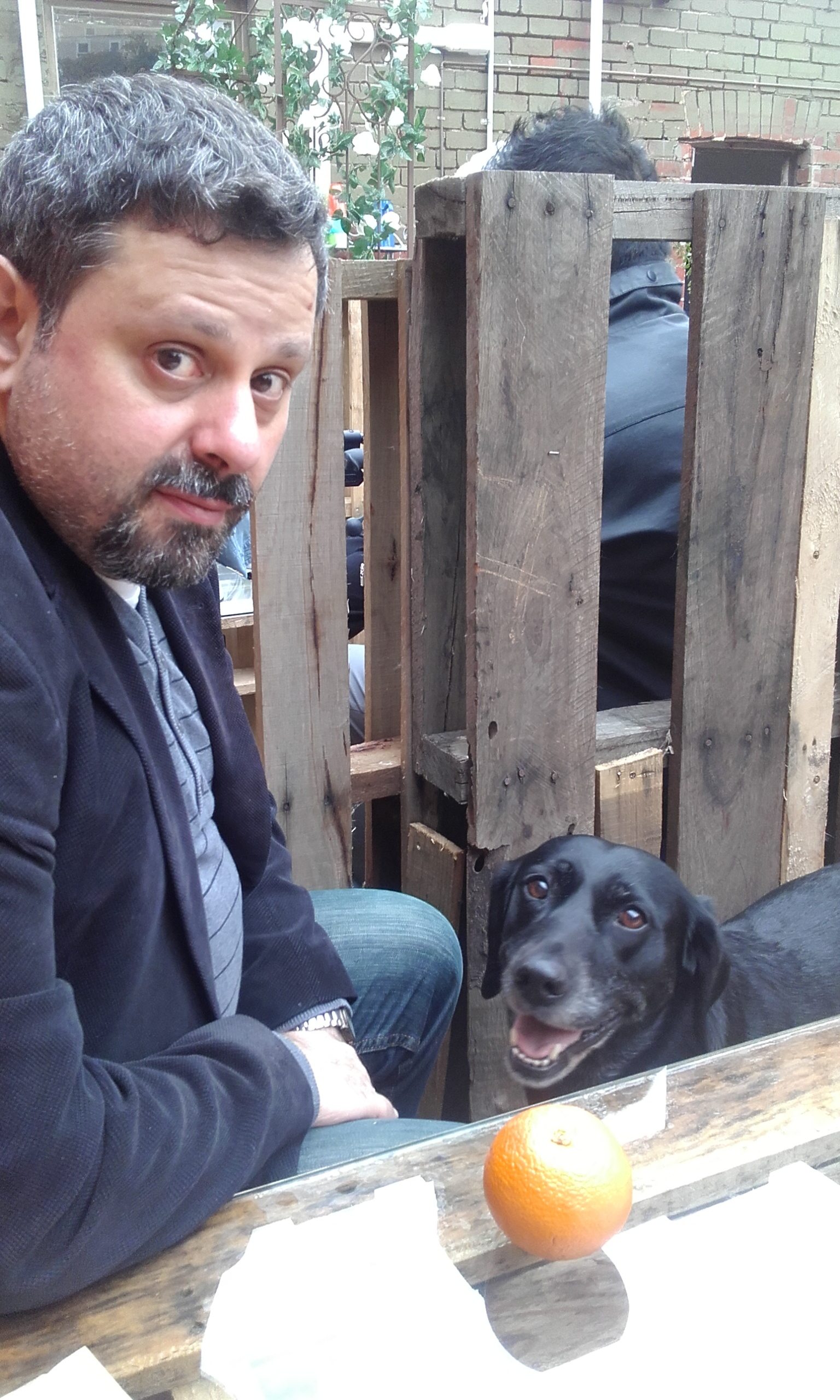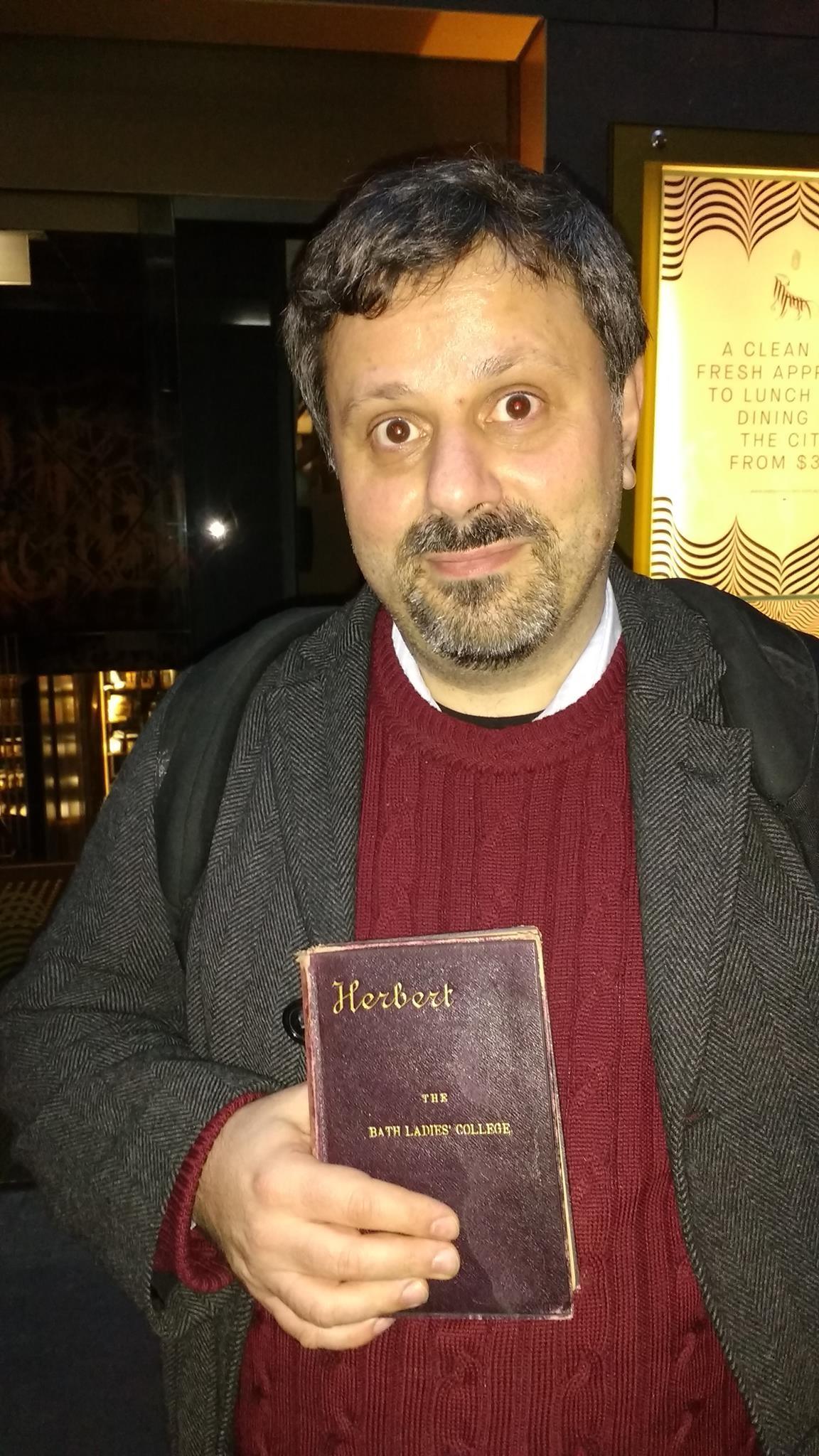Etsi quis mala facit, mala ei ne fiant.
Before you get a tat with it, stay tuned for Alberto Yagos to say Yea or Nay.
Etsi quis mala facit, mala ei ne fiant.
Before you get a tat with it, stay tuned for Alberto Yagos to say Yea or Nay.
It’s not canonical, but (especially if you’re a liberal Christian) think about it. Does it not make sense that the Historical Jesus might have said it?
Parable of the assassin – Wikipedia
McKayla? Comment? (Not that I’m necessarily accusing you of being a liberal Christian. 🙂
OP, making Michael Masiello PM question to me a public message. Because Sharing and Growing the World’s Knowledge.
Well of course, Nikos Skalkottas – Wikipedia. But let me not look up questions.
Greek composer. Disciple and in fact pupil of Schönberg. Had a measly gig as a second violin in an Athens orchestra, and did not live long. Not widely known in or outside Greece.
I’ve tried, very half-heartedly, to listen to one or two of his large scale orchestral compositions, and I can’t. I don’t grok the language of dodecaphony in big doses, and I don’t find enough rewards to make it worth my time.
(I deeply love Berg’s Violin Concerto, but Berg’s Violin Concerto utterly undermines dodecaphony, by using the most tonal tone row possible. Joachim Pense, I think that’s why you didn’t think much of it: if you wanted tonal music, you know where to find it. It helped that I studied the Violin Concerto in music literature, in high school.)
There are two batches of pieces by Skalkottas that I love.
The 36 Greek Dances, I’m sure, are pieces he hated. They are old school romantic nationalist set pieces. They’re what the mob wanted. But I’m sorry, they are brilliantly, and at times subversively orchestrated.
It helps if you recognise the originals, as I do: he often goes deliberately against the tenor of the original. His Tsamikos, a setting of Ένας αϊτός καθότανε An Eagle Sat, is claustrophobic, not heroic. His final dance is a demonic tarantella; it’s originally a lullaby. His Syrtos is a revelation: what do you get if you combine Greek Middle-Easternish melismata with a Germanic Oompah bass? Klezmer!
For a very long time, the original full-orchestra versions were not widely available: you could only get 5 of the 36 in string arrangements. Not finding the 36 on YouTube; the recording companies have been assiduous.
The second batch are in a tape I got 20 years ago, of piano pieces. Miniatures, dodecaphonic, but witty, expressive, and digestible. Michael said they’re said to be sprightly; yeah, I think that’s a good call. And if I’m saying that, that means they’re really good. I haven’t heard (yet) the 32 Pieces that Michael is practicing. The tape had Suite #3, Suite #4, and the 15 Variations.
https://youtube.com/watch?v=t7T-uYjDljk
https://youtube.com/watch?v=x7wu1ap0bas
https://youtube.com/watch?v=KWJItDCM12Y
They’re that good, Michael. I need some working music today, and haven’t played these for a while. (Tape, after all.) Thank you.
I am not 45.
OK, I *am* 45, but I don’t particularly care to act it. I act either 60, or 20, depending on circumstances. And I suspect it was ever thus.
I mean, do 45 year olds draw this?
Dimitra in the lab by Nick Nicholas on Gallery of Awesomery

Or write this?
They do, OTOH, write this:
Alas I’m forty by Nick Nicholas on Opɯdʒɯlɯklɑr In Exile
But then again, I was thinking that when I was 20, too.
I think I may have triggered this question from you, Habib, because it came after I used the phrase in an answer.
I do in fact have a rule of thumb answer. It’s based on Laura Hale’s observation of how many followers and views typically get you Top Writer.
(If only it were that transparent, of course.)
I may misremember, but I think she said it was at least 300, and my own rule of thumb has been 500.
Yes, yes, I have 650.
The goatee, of which I am a proud if unkempt bearer, is a GenX thing. I adopted it in 1995, when they were everywhere, and I have stubbornly held on to it since—although by default it is nowadays surrounded by 9 pm stubble.

1995

2009

2016
“Disaffected Gen-X’er” and “goatee” go together in the Googles, though they used to go together more.
Stuff I want to know more about in boldface
Stuff I already know:
From Michael Masiello
The devotional poetry of George Herbert.

Going with me to a deckchair in Broome, in two weeks’ time.
Because nothing says fun in the sun like 17th century poetry about God.
Hey. That’s MY version of fun!
As a guide to contributors, this is what I already know in music, and what I’d like to know more of. The latter is in boldface.
Classical Music.